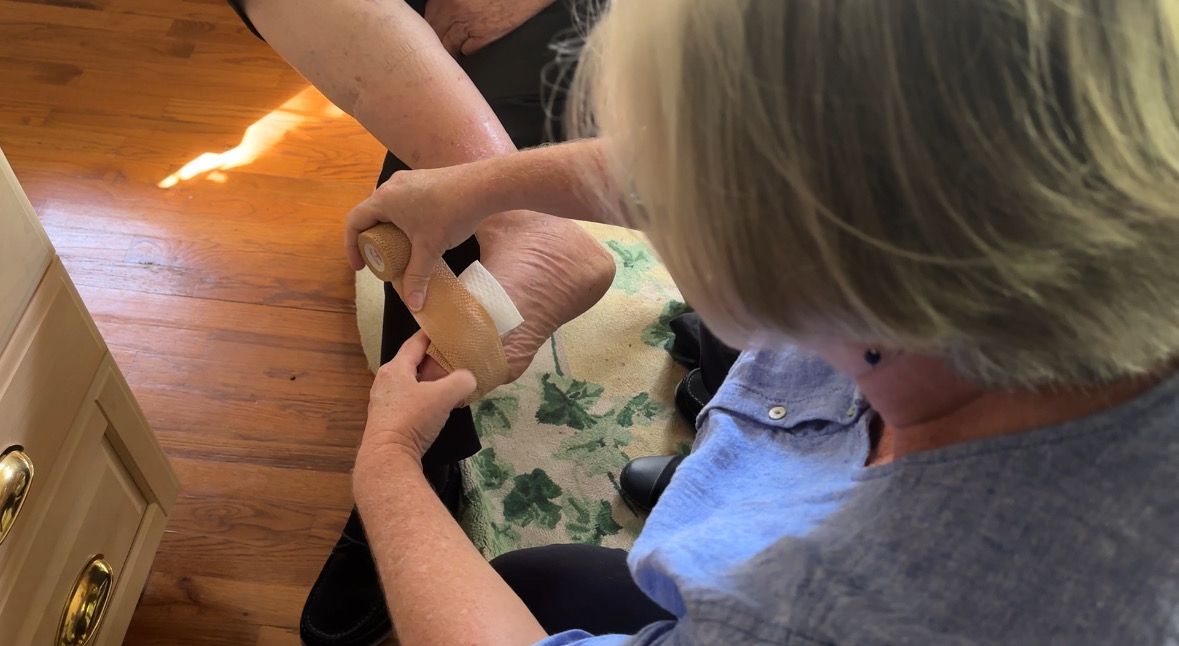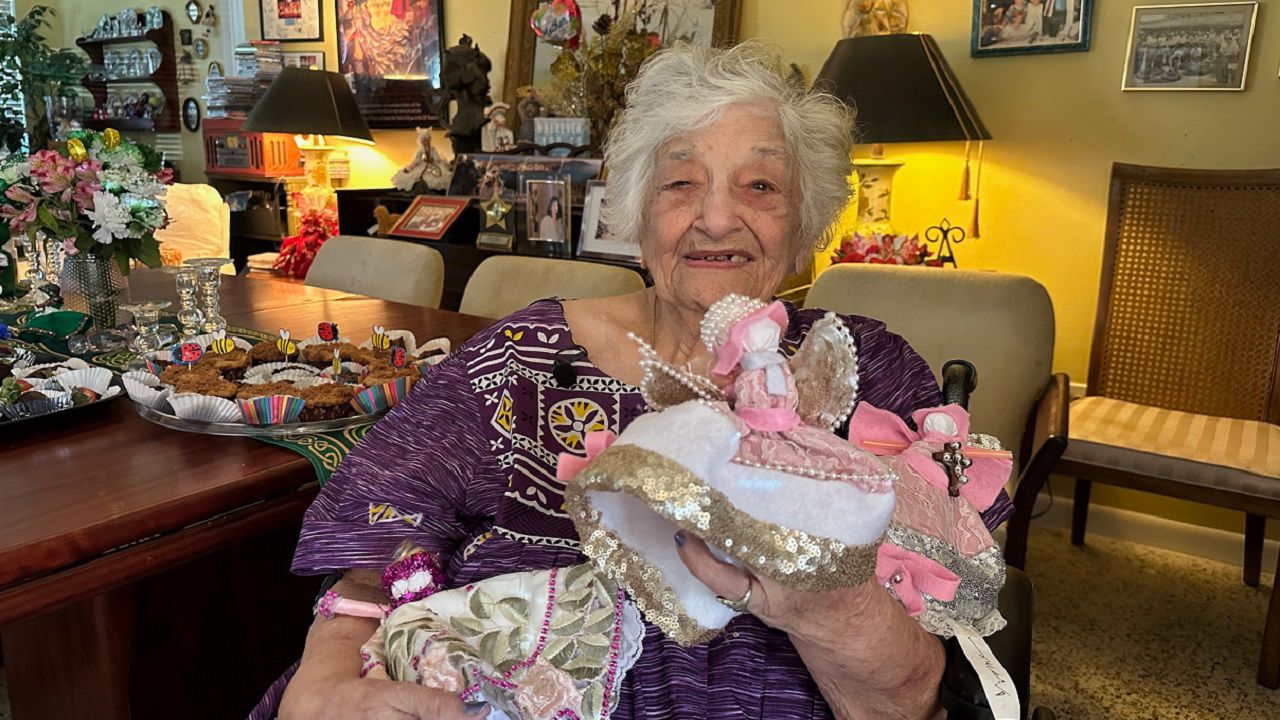TITUSVILLE, Fla. — It’s been four decades since one of the most historic archeological finds was excavated.
What You Need To Know
- The Windover Site in Titusville is a national landmark dating back some 8,000 to 9,000 years. But many don’t even know it exists
- The story began in 1982 when a developer was starting construction on a new housing community in Titusville
- Workers stumbled on was a prehistoric cemetery
- Learn more about the discovery at the Brevard Museum of History and Natural Science in Cocoa
The Windover Site in Titusville is a national landmark dating back some 8,000 to 9,000 years. But many don’t even know it exists, tucked away inside a north Brevard County neighborhood.
Most don’t even know it’s there.
It’s a place Ben Rader knows well, as coordinator for the Brevard Museum of History and Natural Science in Cocoa.
It’s a story of what came before the Space Coast we know today.
The site is one of the most important discoveries of our time. It all began in 1982 when a developer was starting construction on a new housing community in Titusville.
A backhoe operator happened to be digging in what turned out to be the right place, right time.
“He had dug out a lot of bones already, but it just looked like sticks he was pulling out of the muck and mire in those holes, but those round stones, there’s no round stones in Florida, that’s what stopped him," Rader said. "He got off his machine to look at these round stones, and they were looking back at him. It was skulls."
What he stumbled on was a prehistoric cemetery, 168 burial sites with human remains preserved in a water filled peat bog that served as an oxygen-free crypt, along with tools made of antlers and bone, and wooden gourds.
All of the items dated back some 8,000 years, 2,000 years before the Egyptians.
Rader says the workers who found it could have easily turned a blind eye.
“This is not a crime scene, we’re out of here,” he said of their reaction.
Instead, developer Jim Swann worked for the next two years, hiring an archeologist team who began their delicate work on the site in 1984.
“They had to be careful with the tools to make sure they didn’t break these bones, or damage the skeleton,” Rader says.
Doctors later confirmed human brain tissue — DNA — on 91 of the skulls.
It was determined that the people buried there were of Asian descent, and not related to any Native American tribes.
There is a replica of the site at the history museum, along with displays of what the people looked like back then.
And something Hader says just showed up in the mail one day — videotapes of the excavation 40 years ago.
“The first time we turned one of these on, it was like stepping back in time for us,” he says.
It's a find that has allowed scientists to learn about ancient burial practices, health and migration of those from that period.
“Nobody had an idea these people were living, and burying their dead for a thousand years,” Ben says.
It’s free to see the Windover exhibit at the Brevard Museum of History and Natural Science behind the Eastern Florida State campus in Cocoa.









